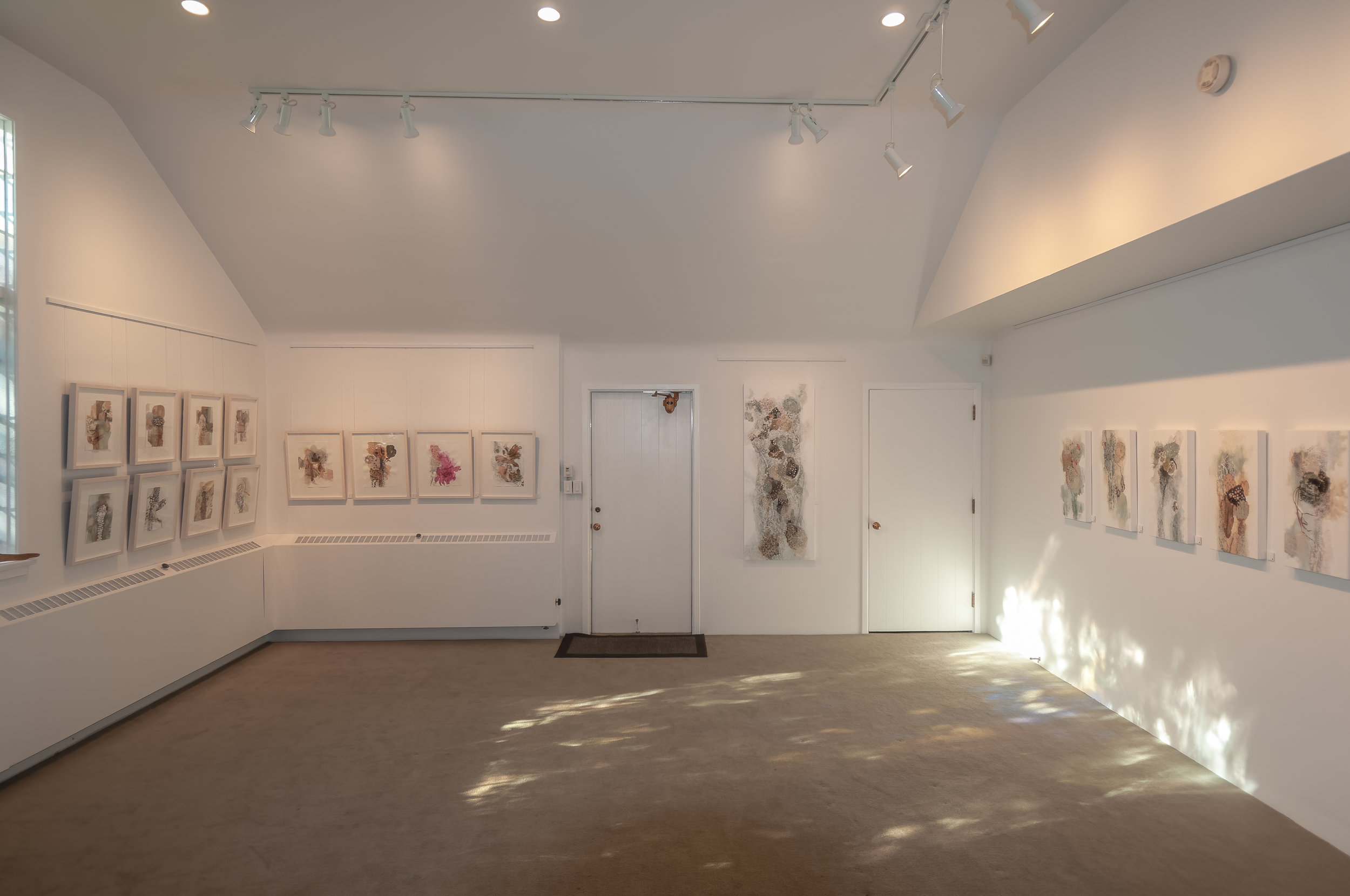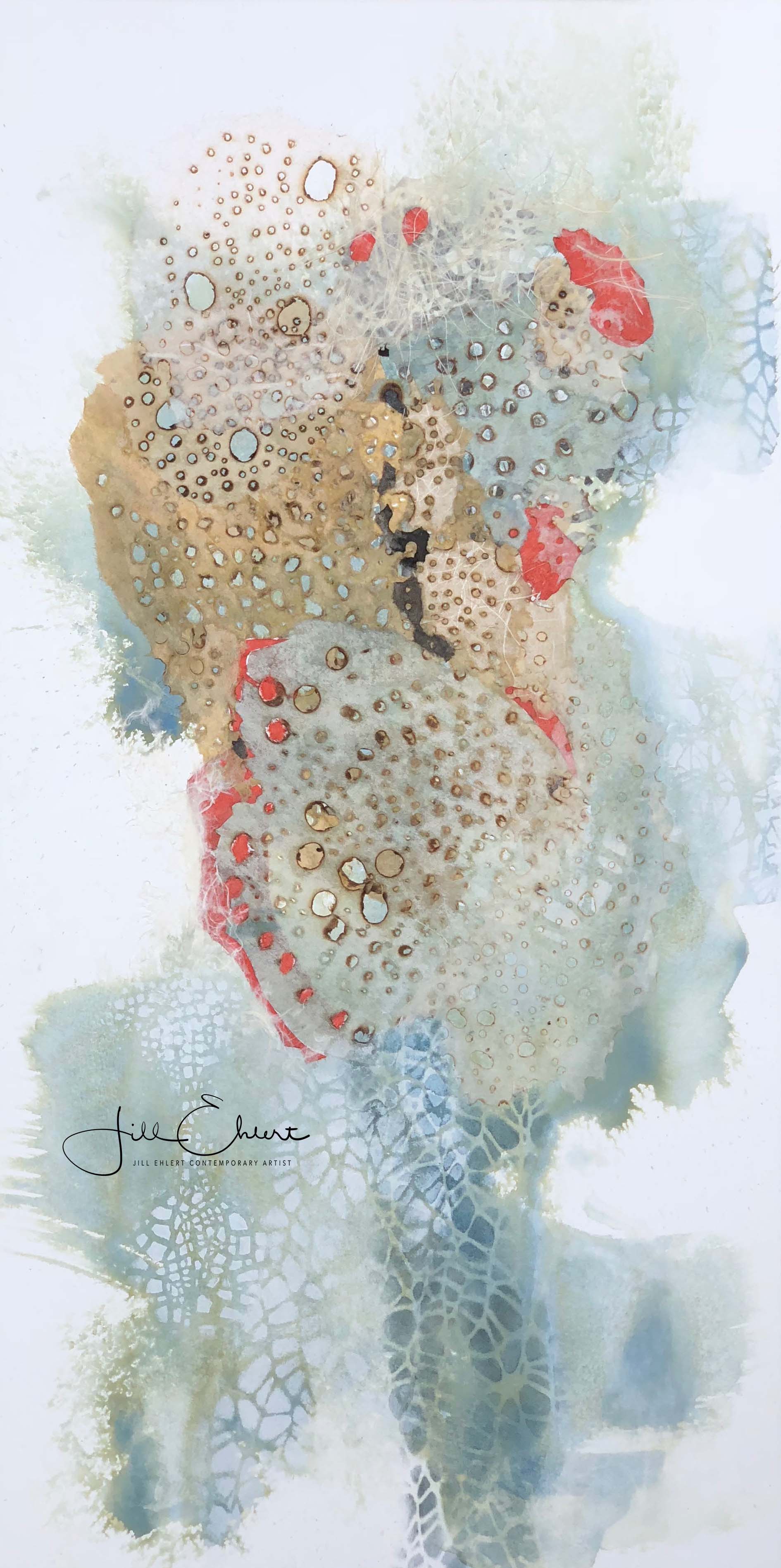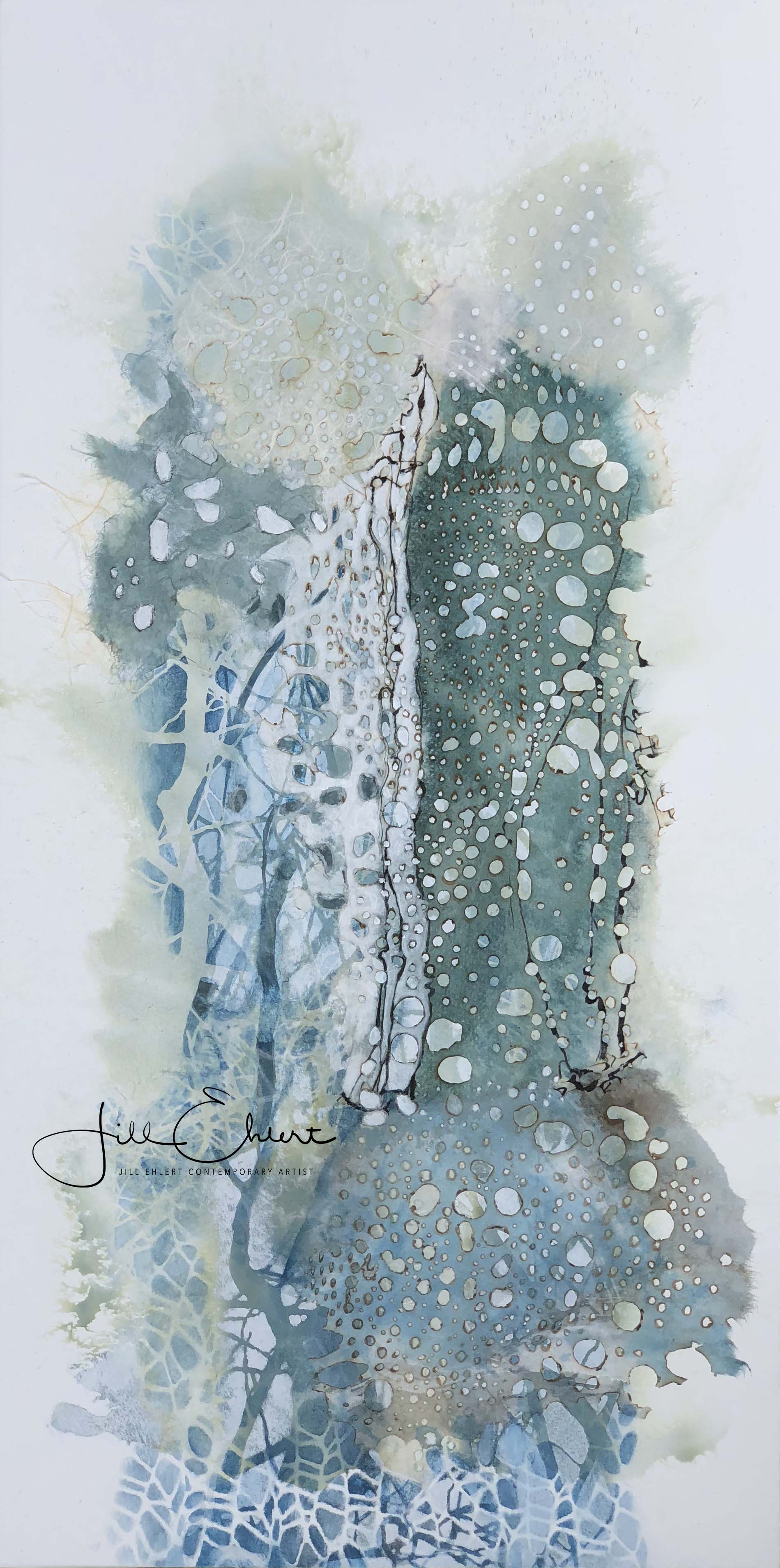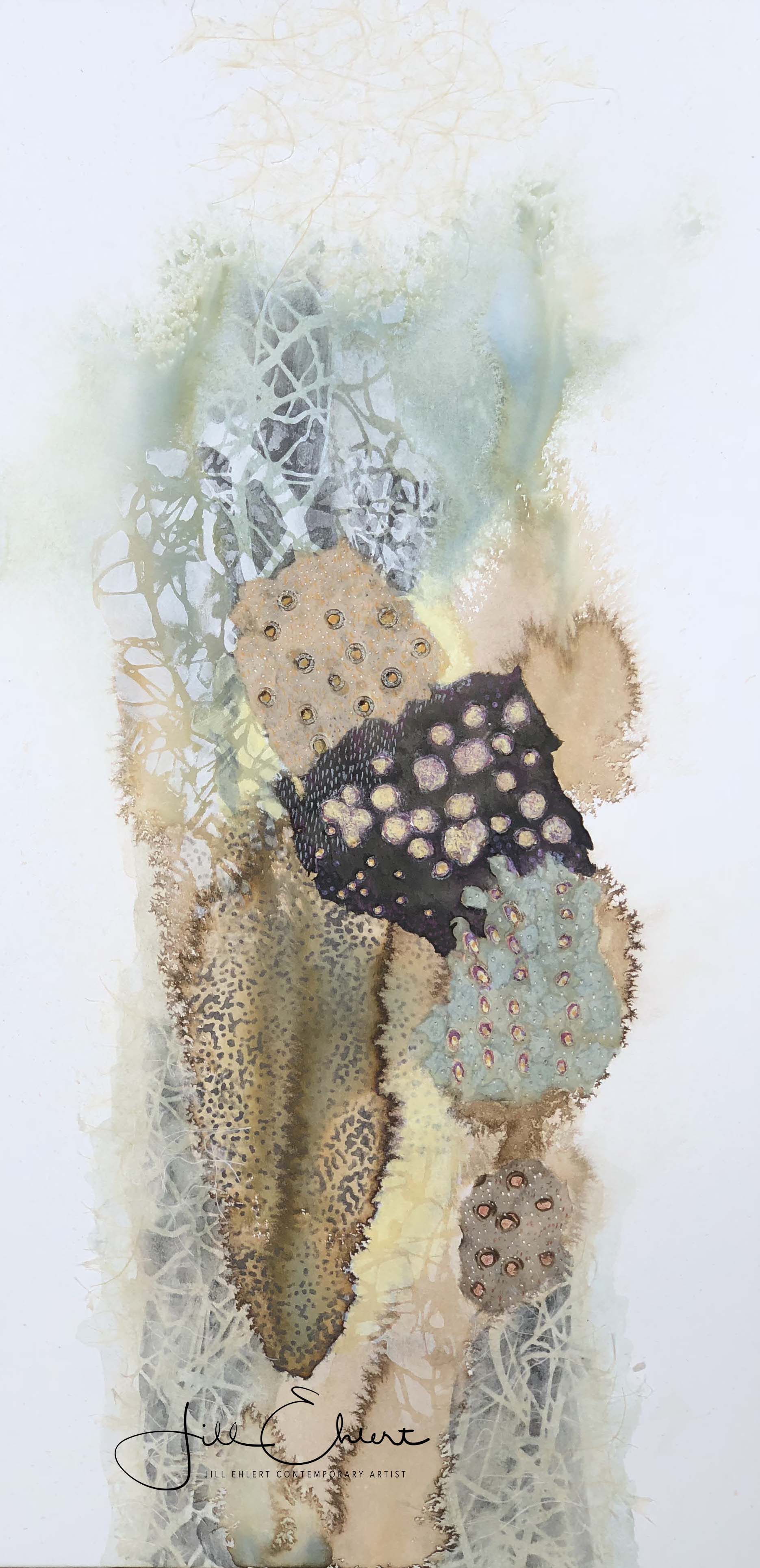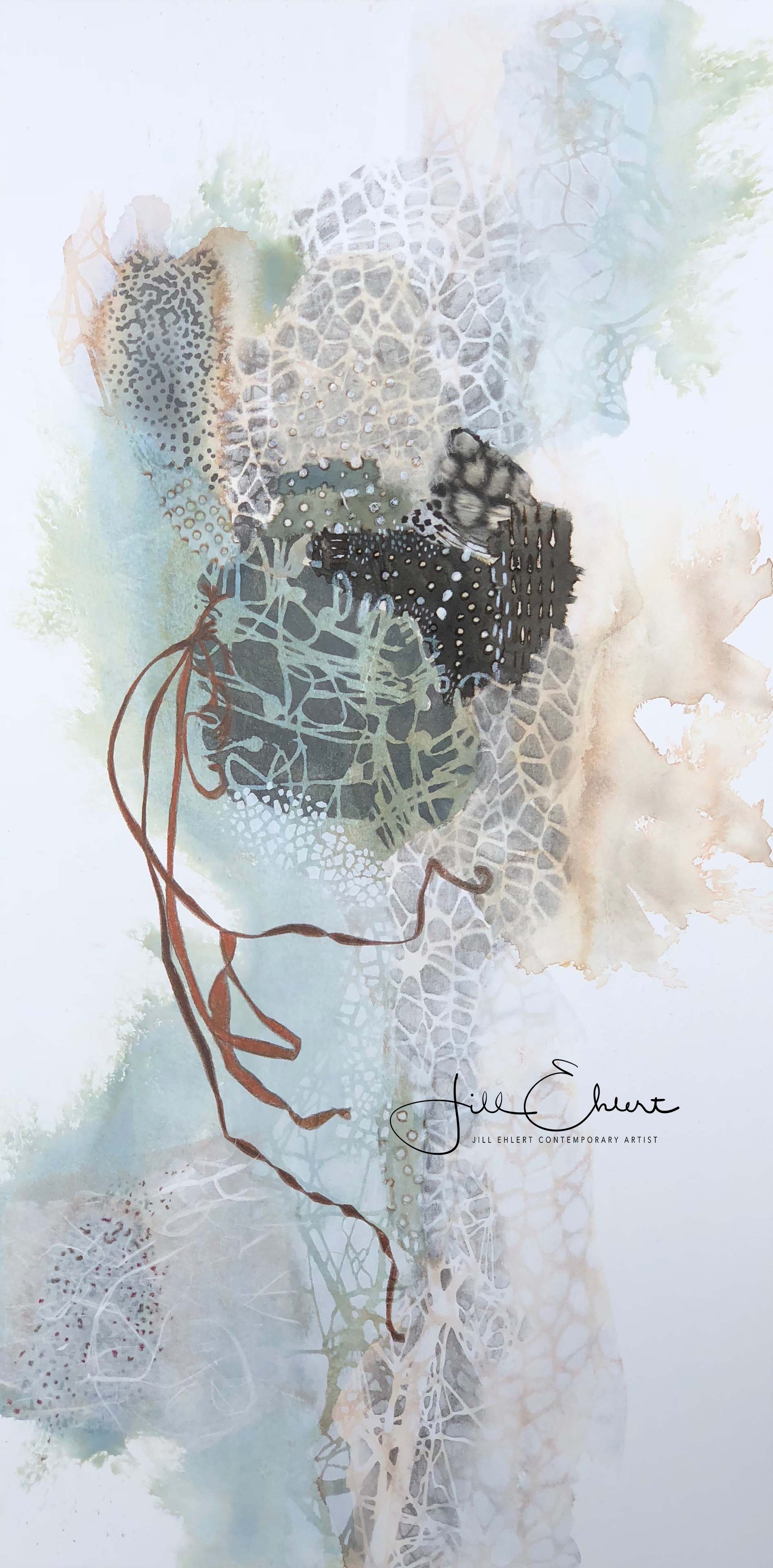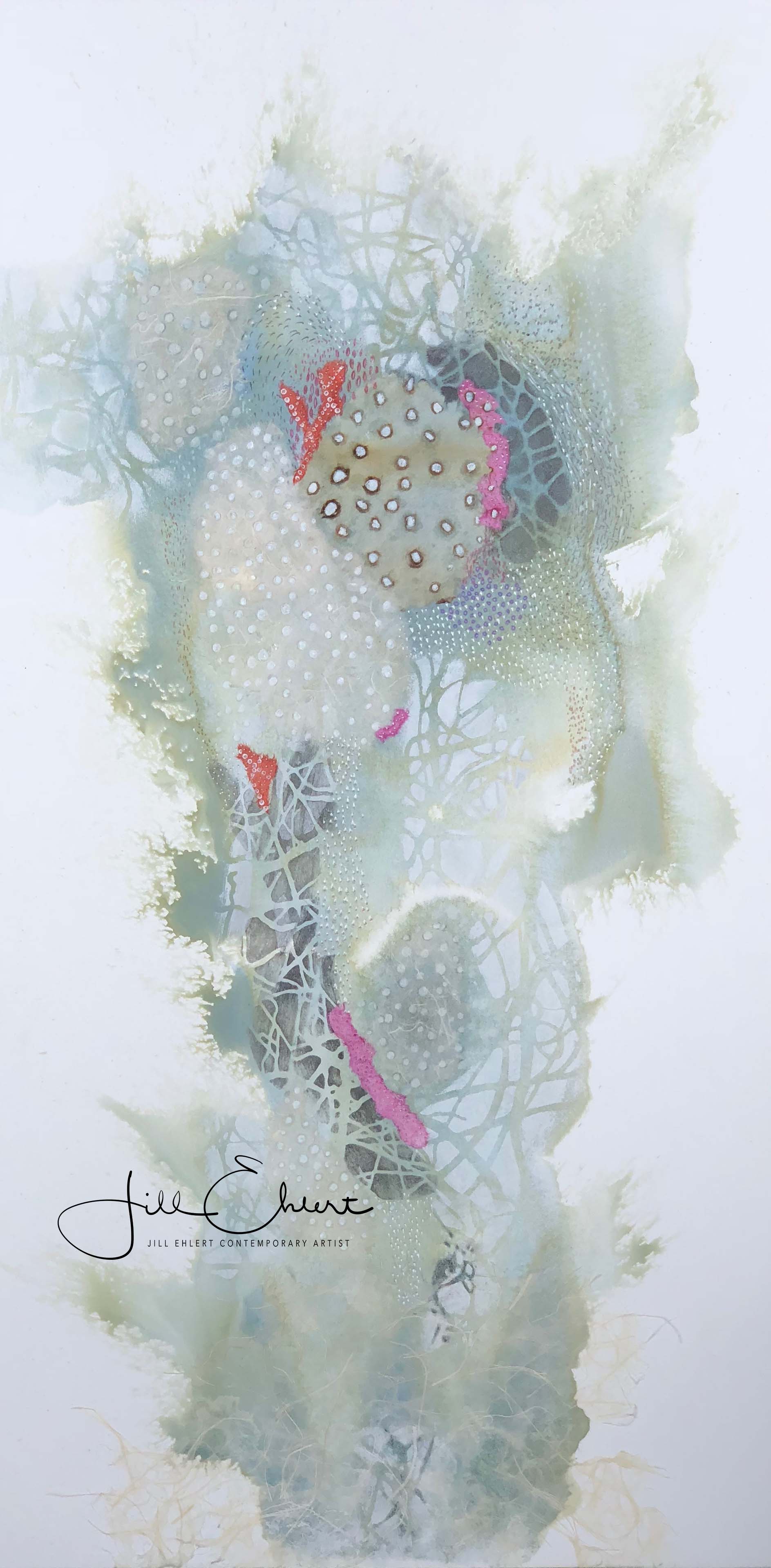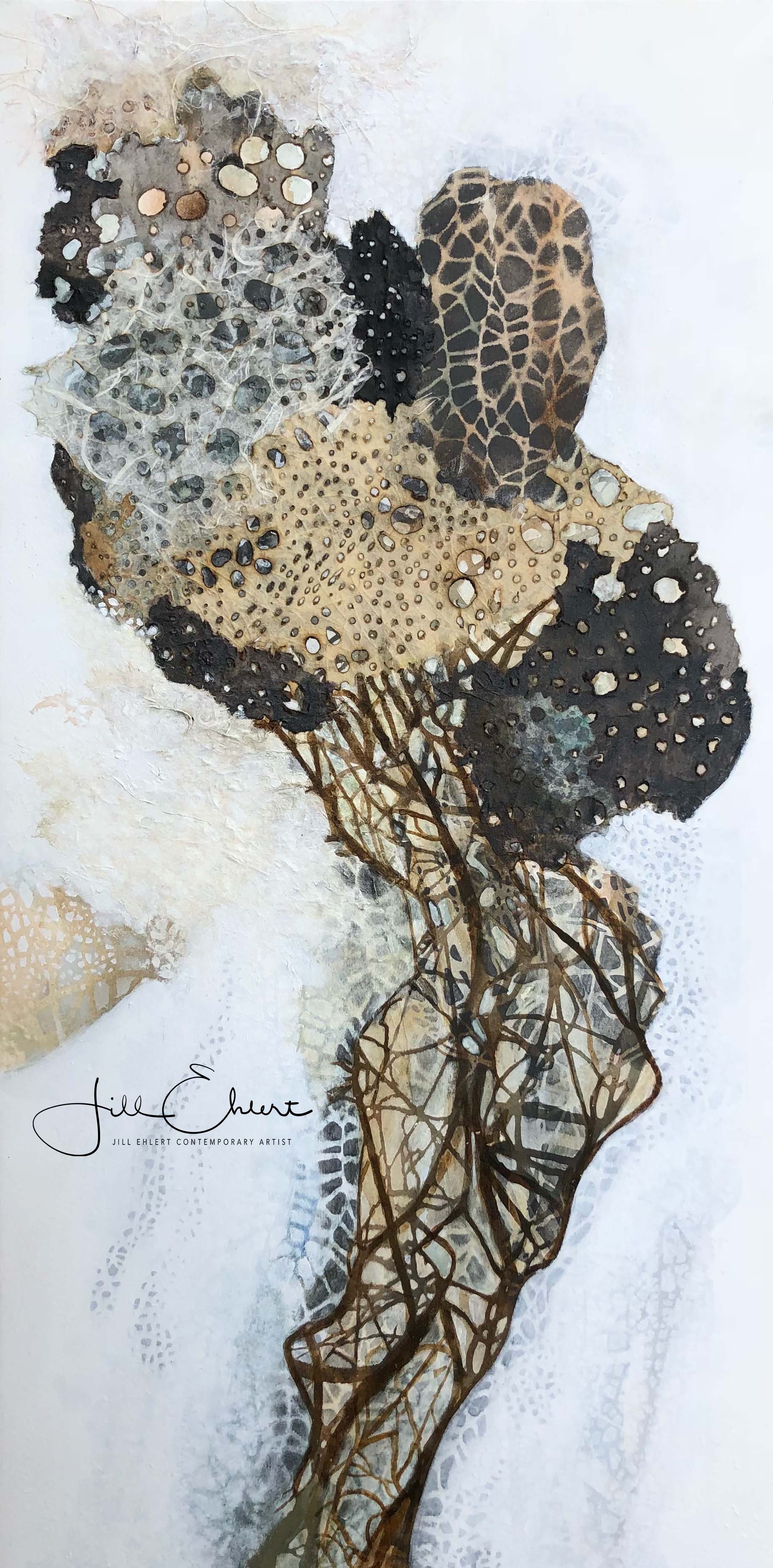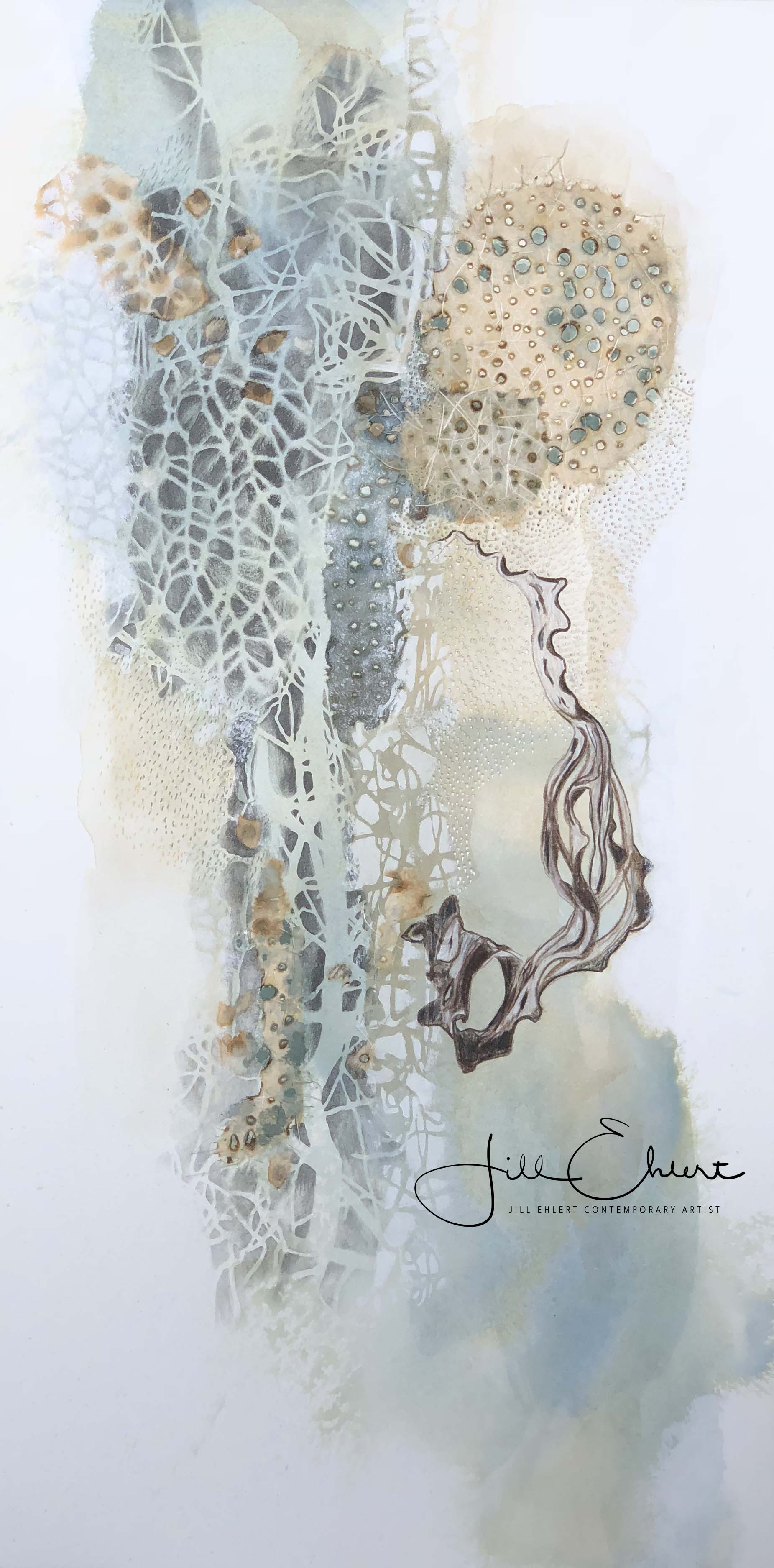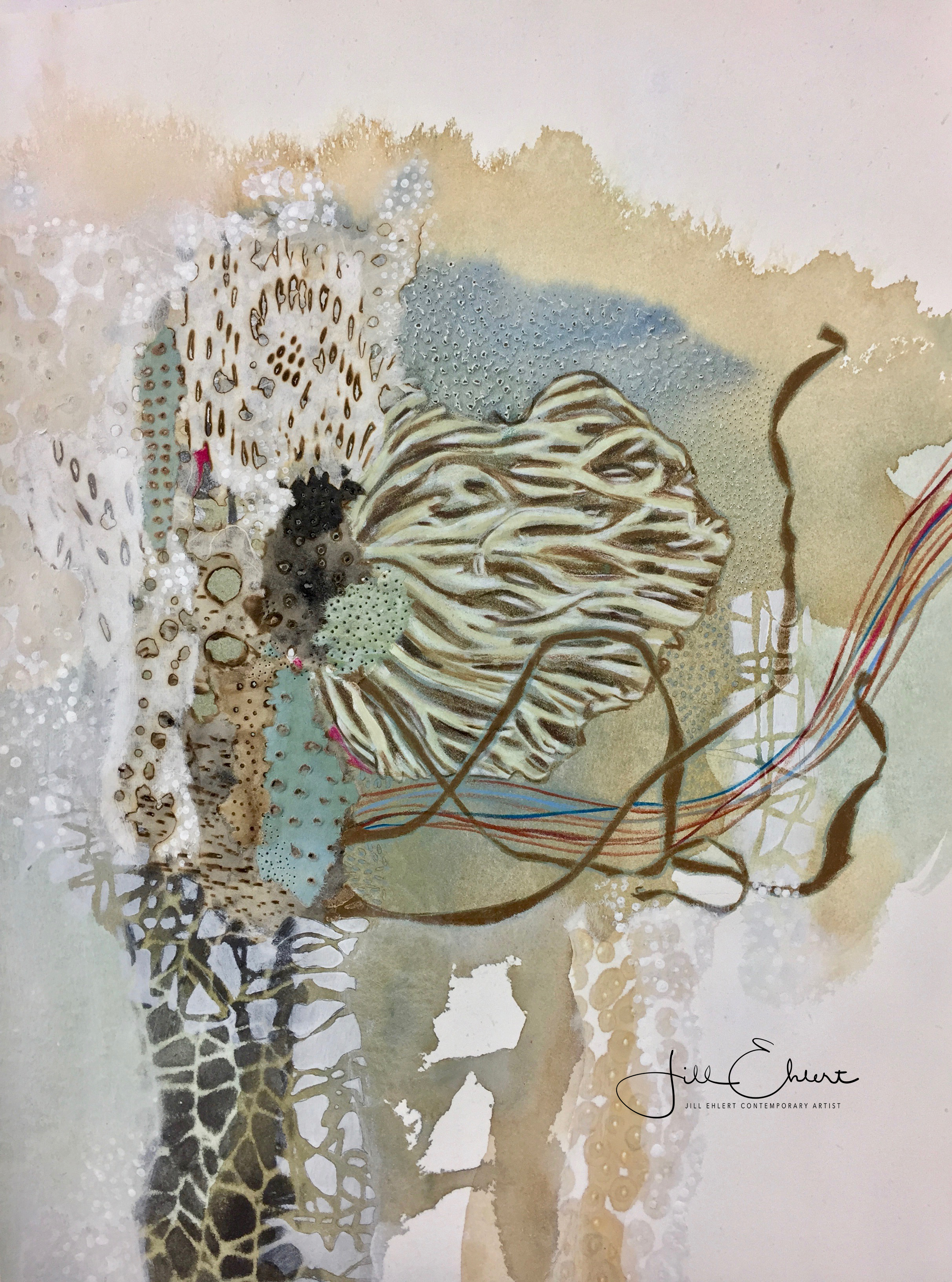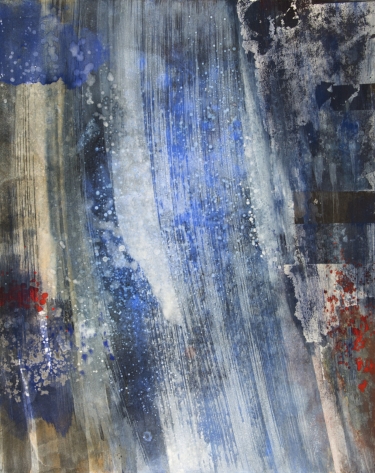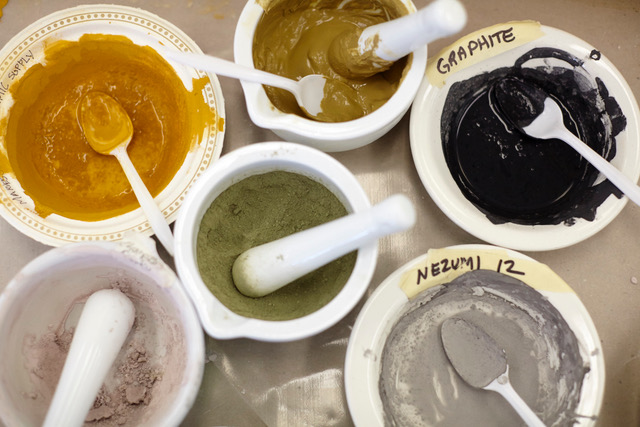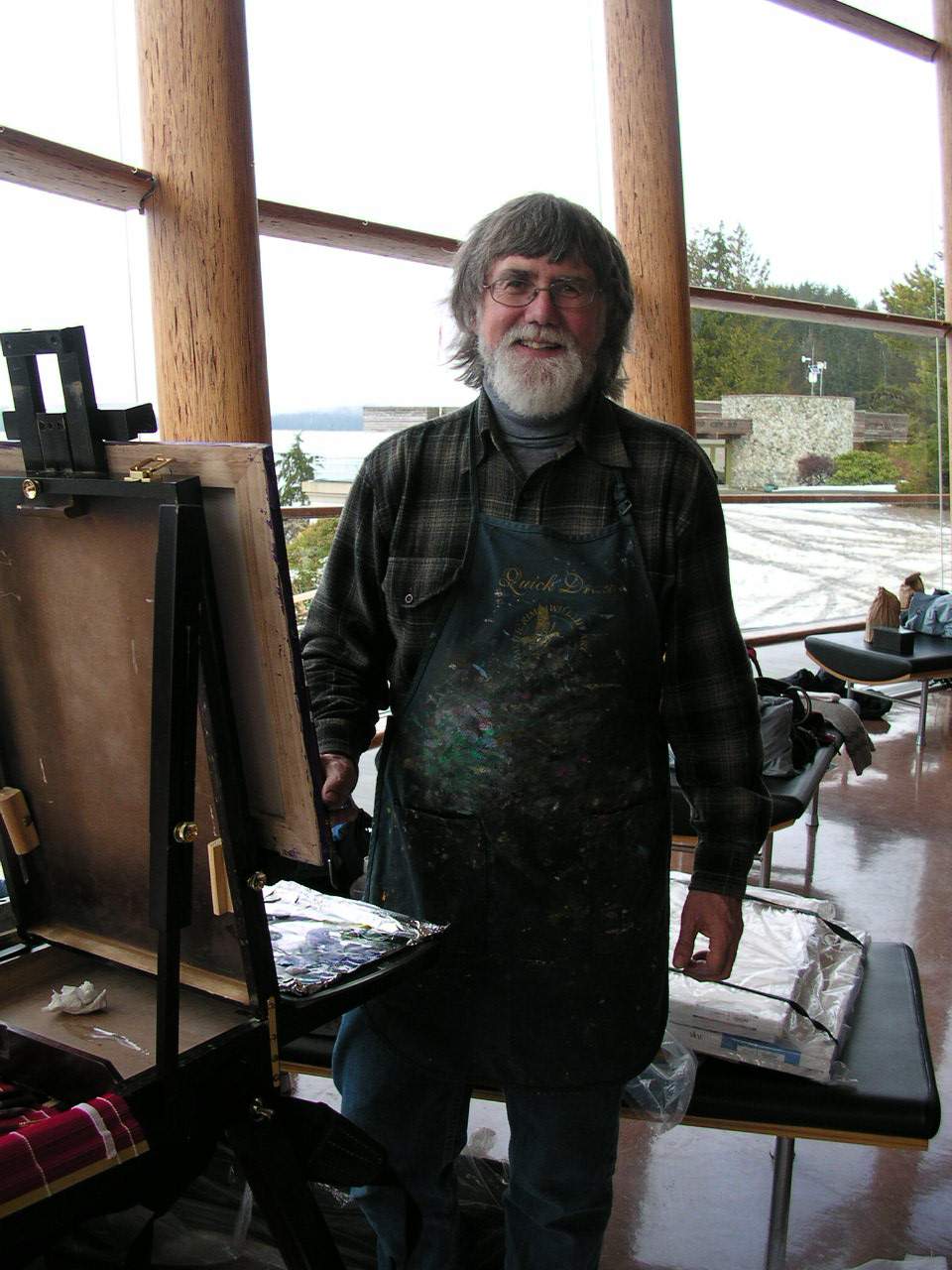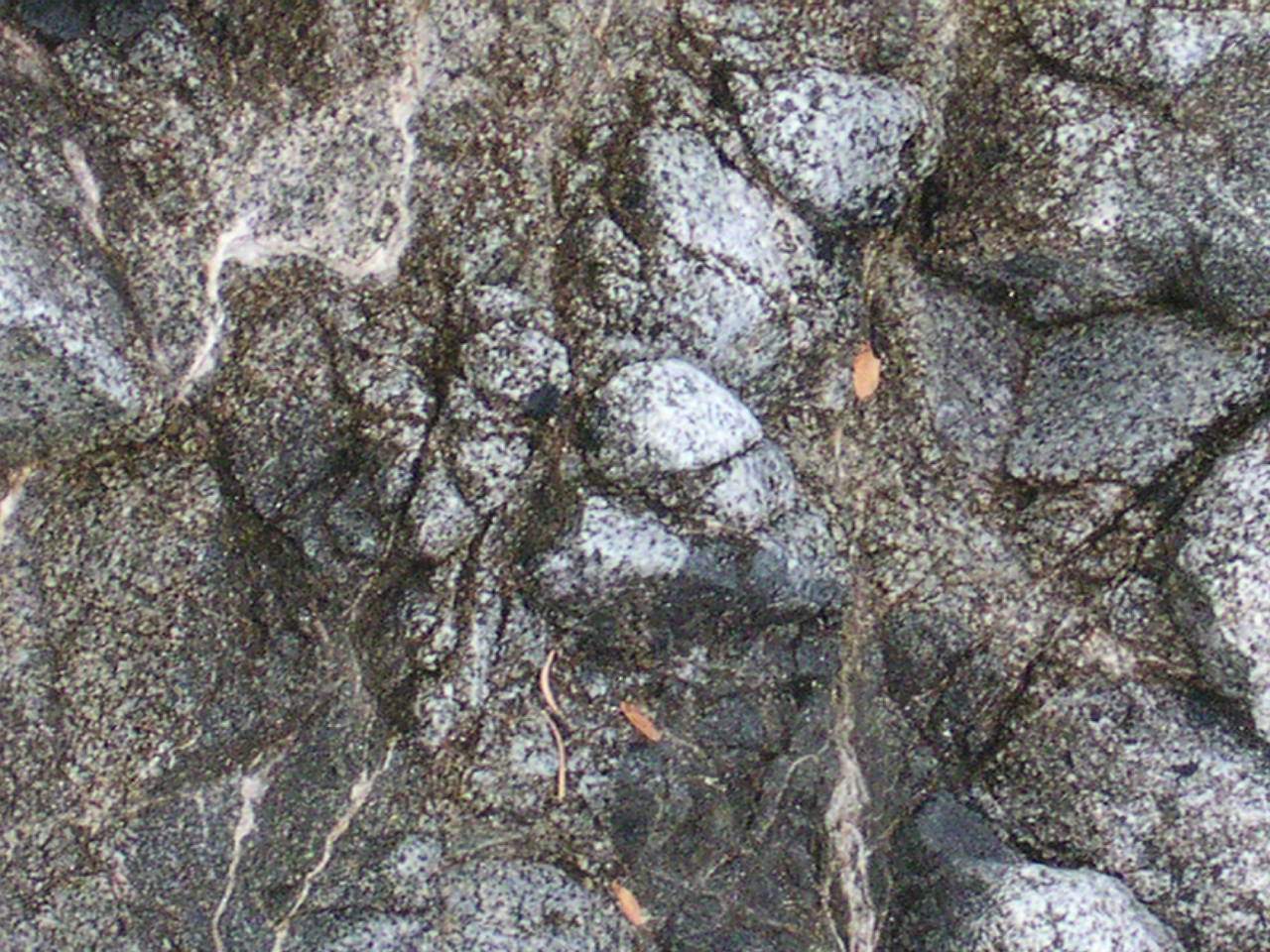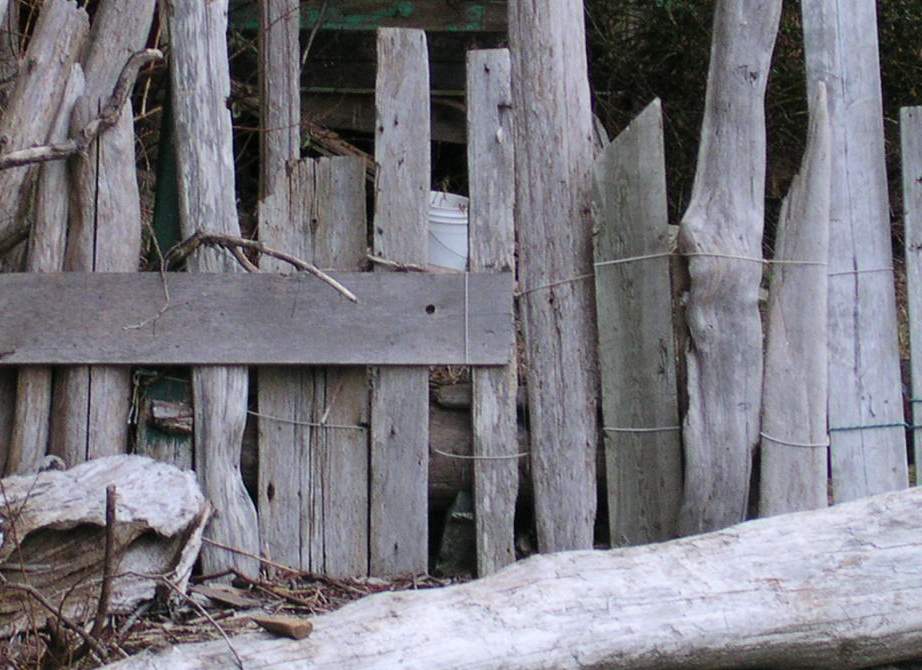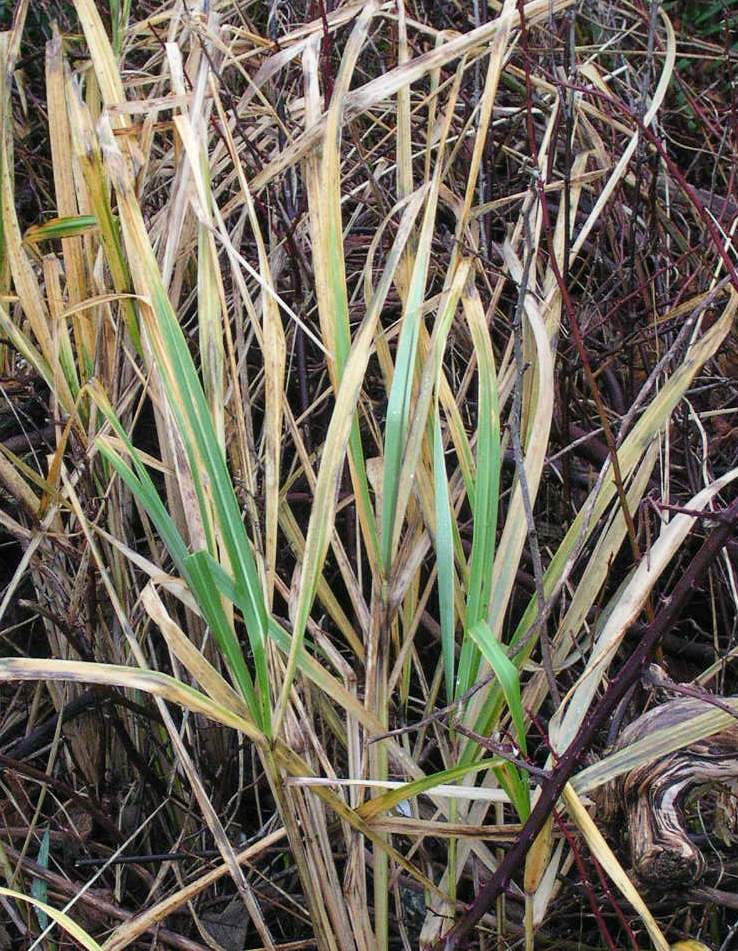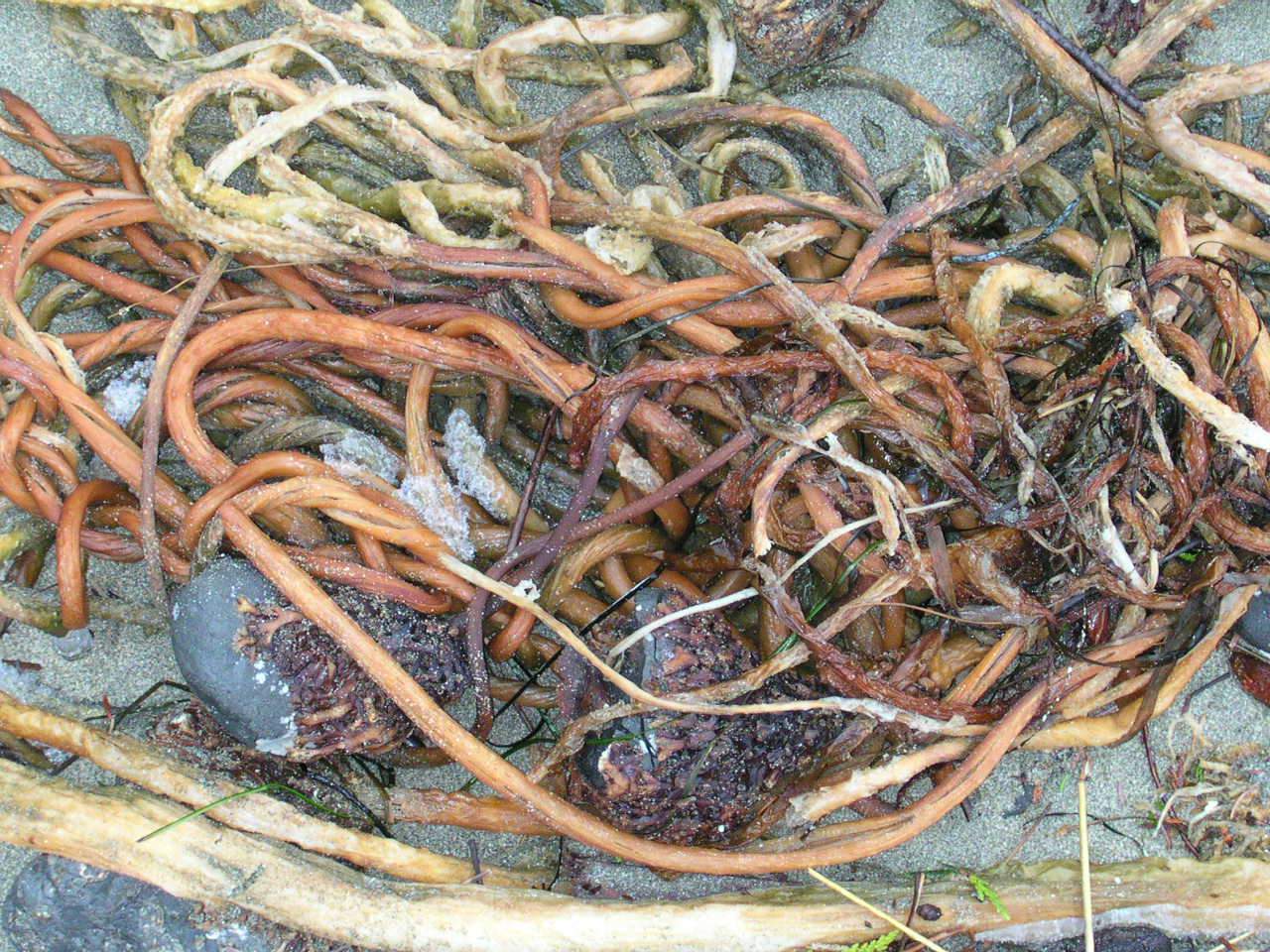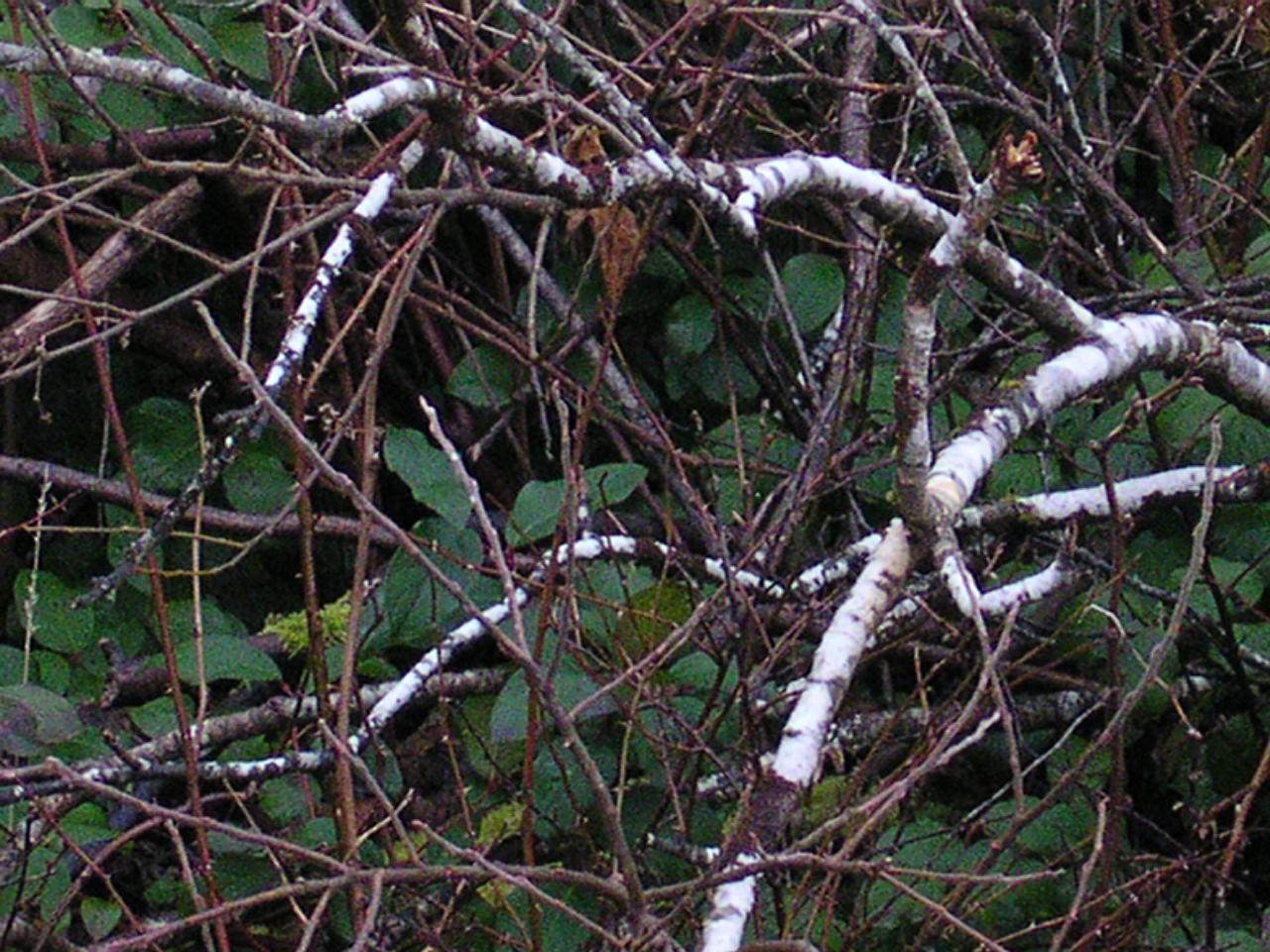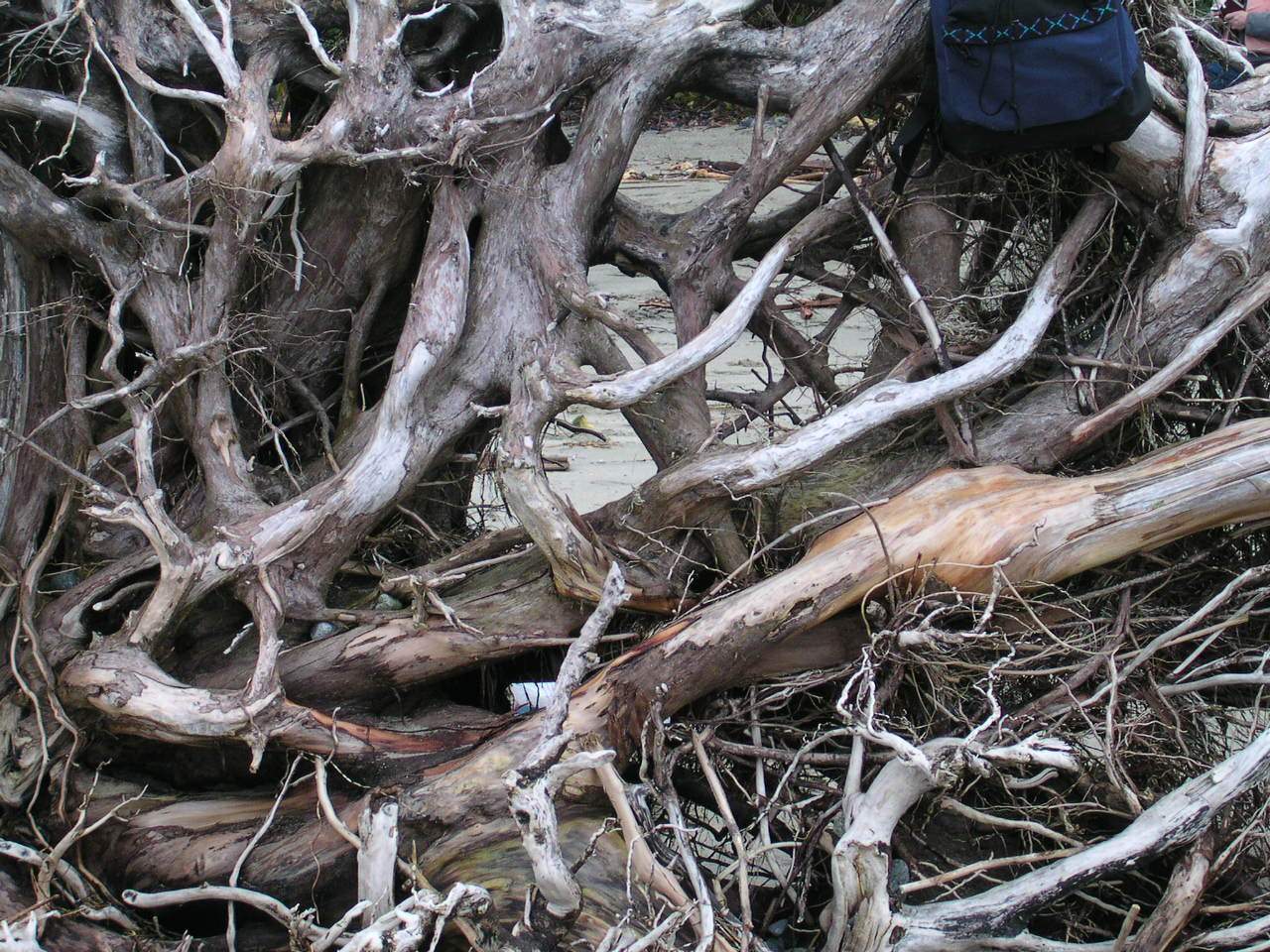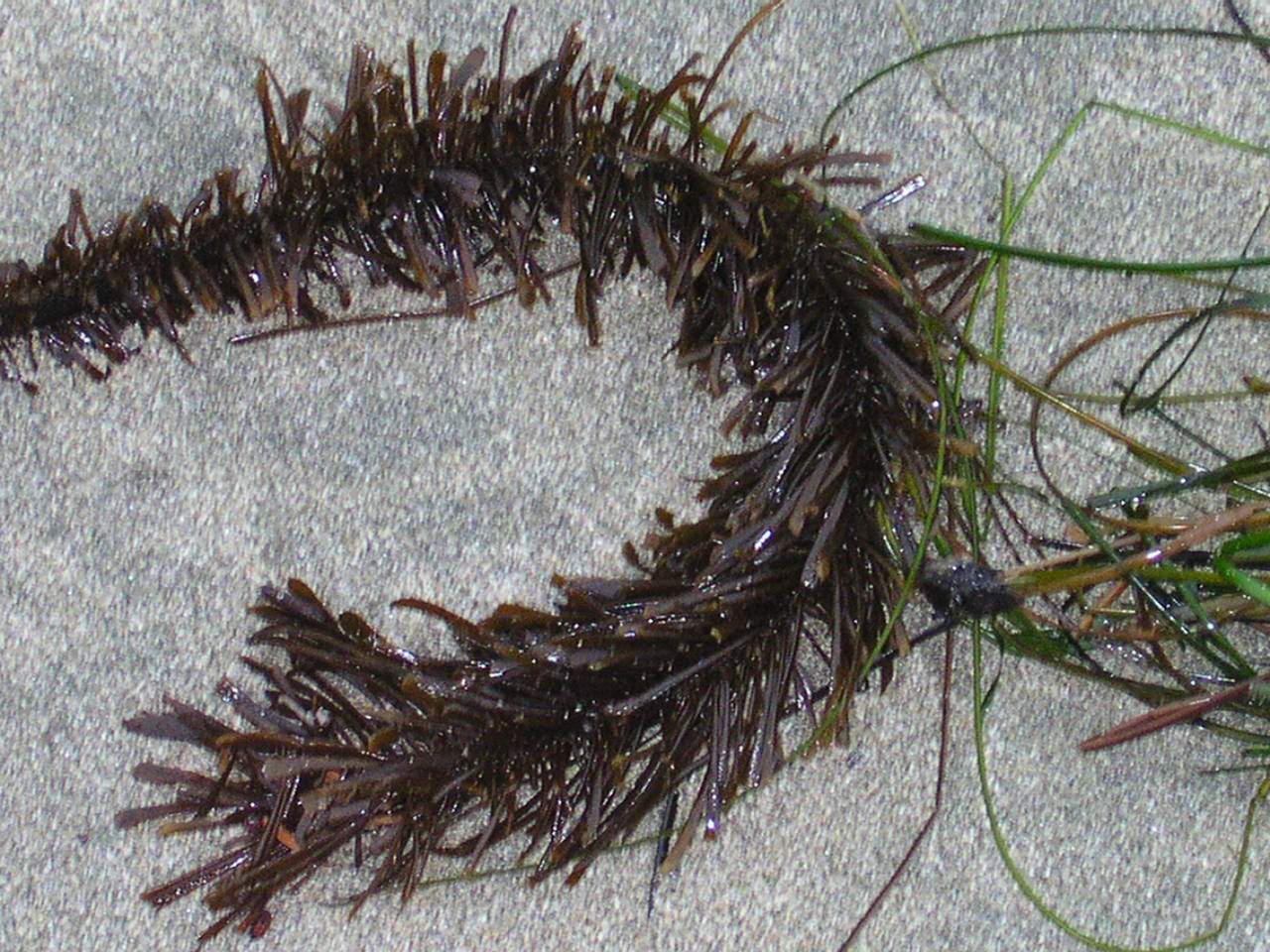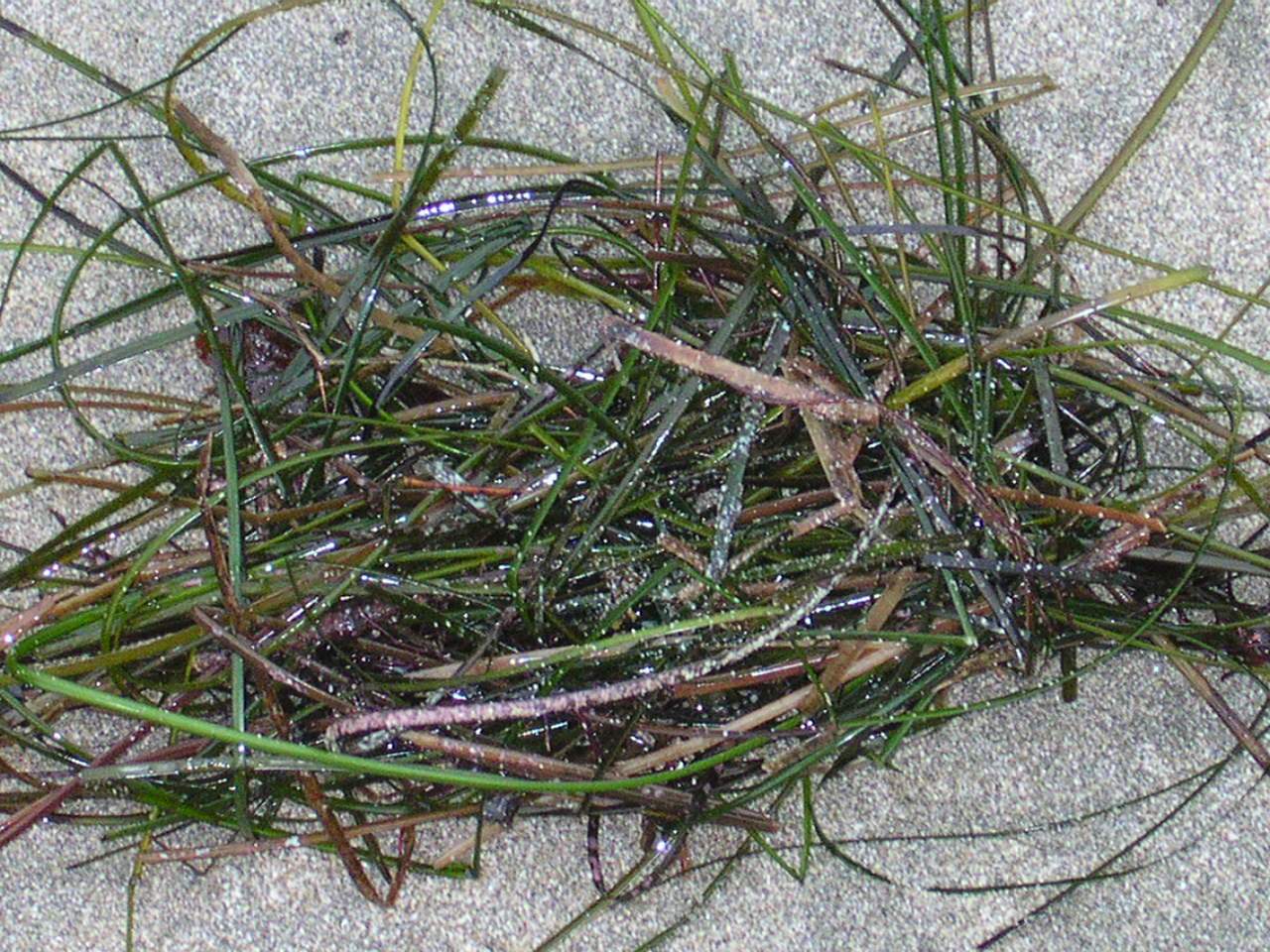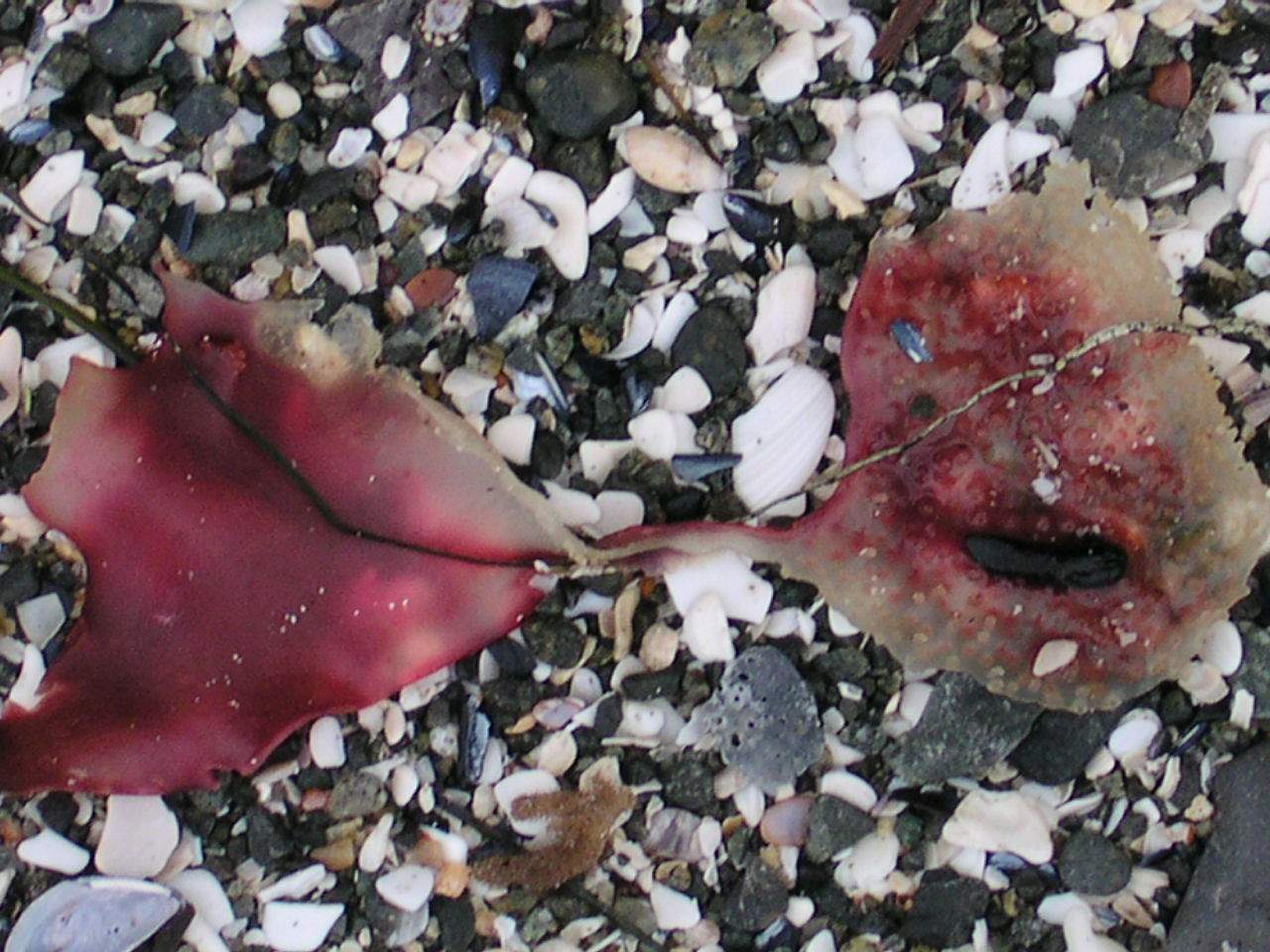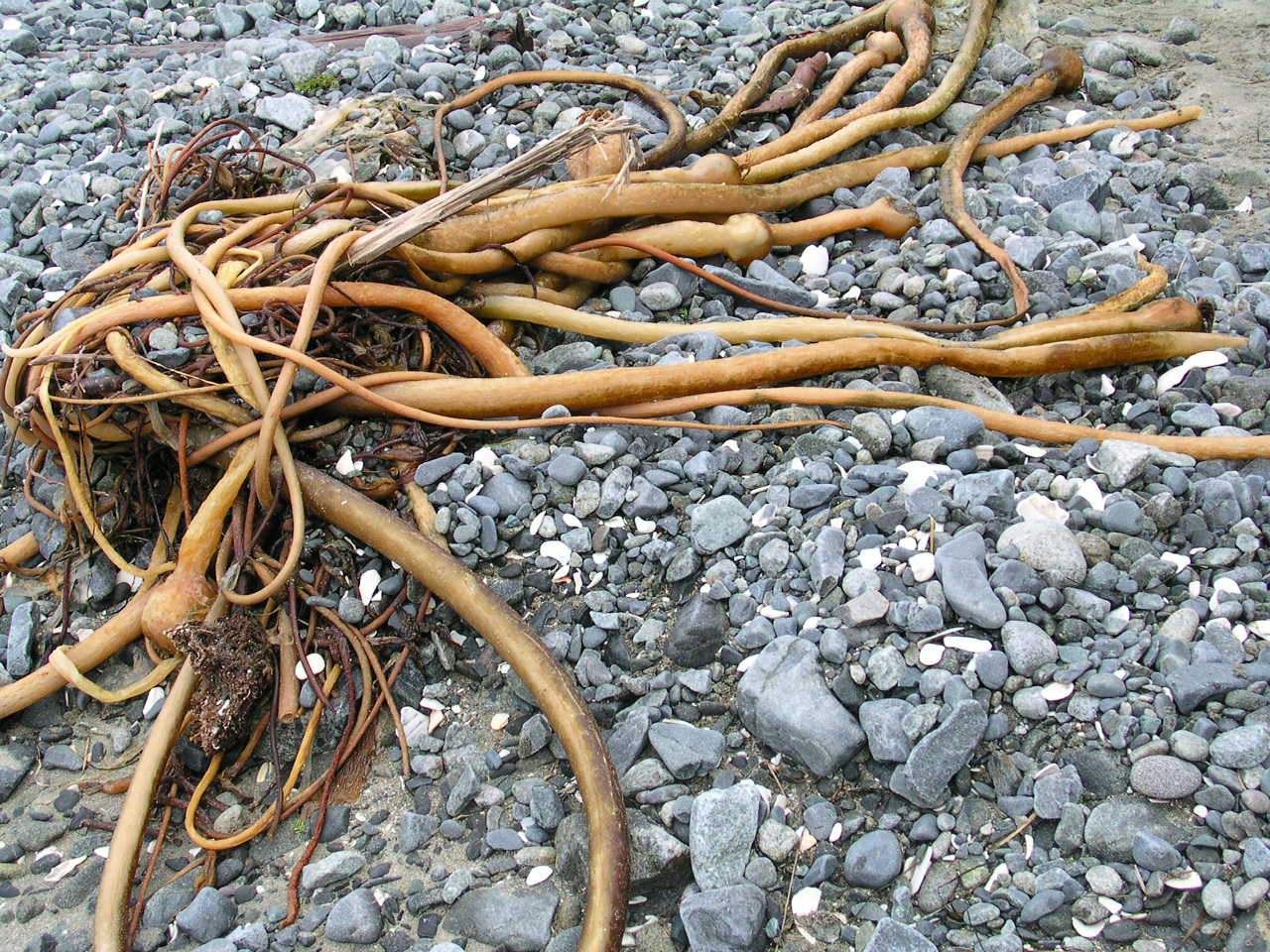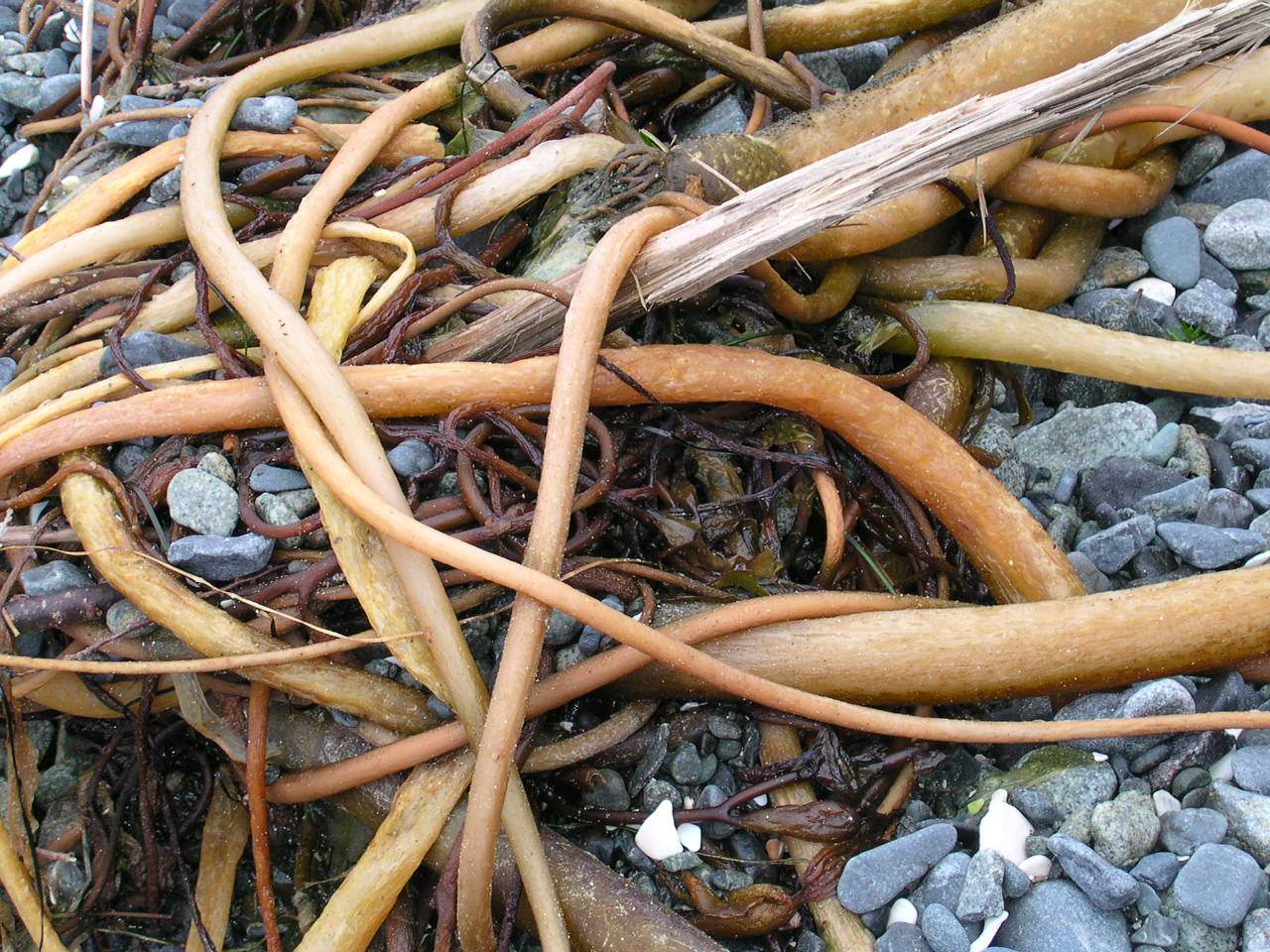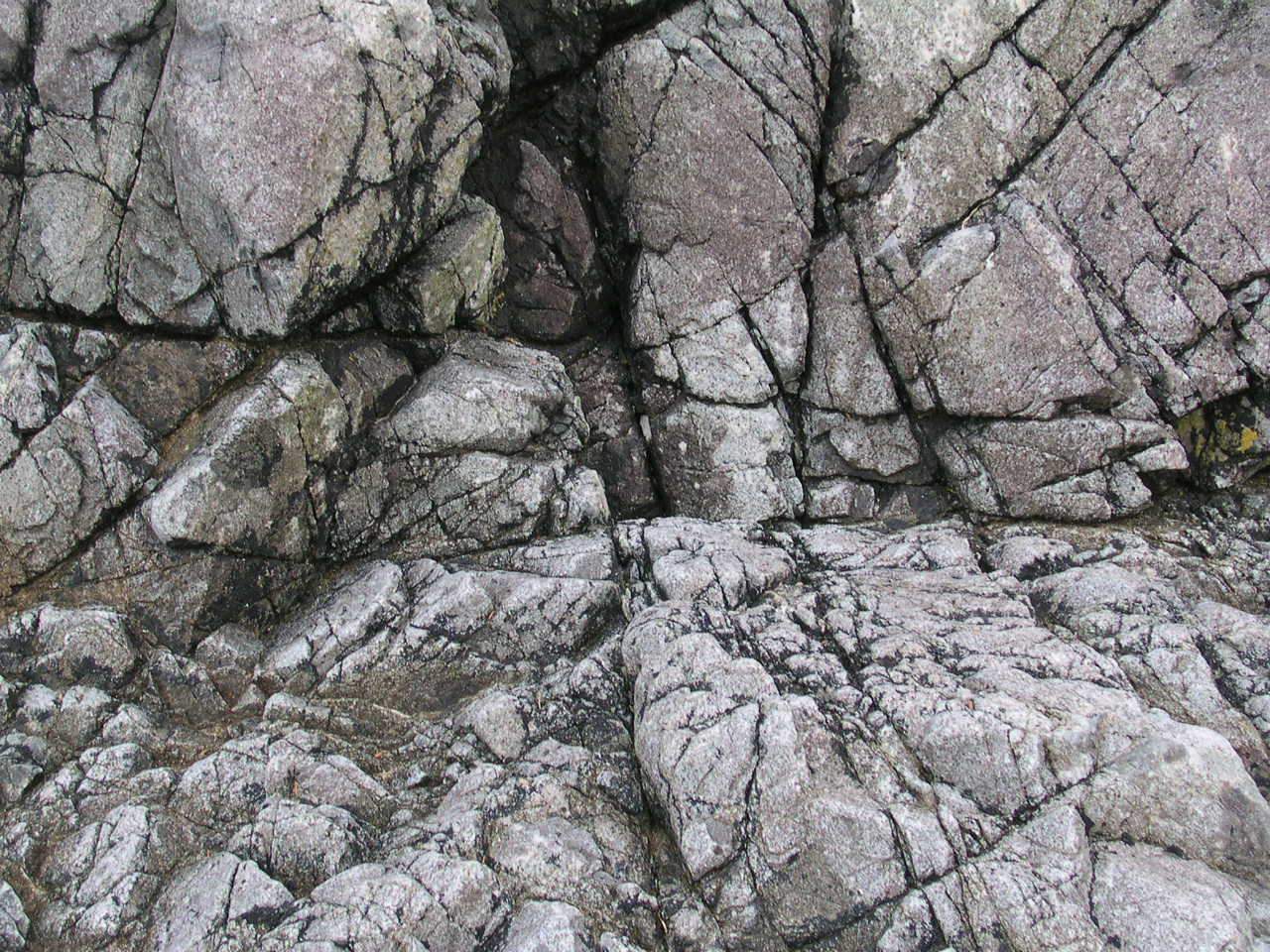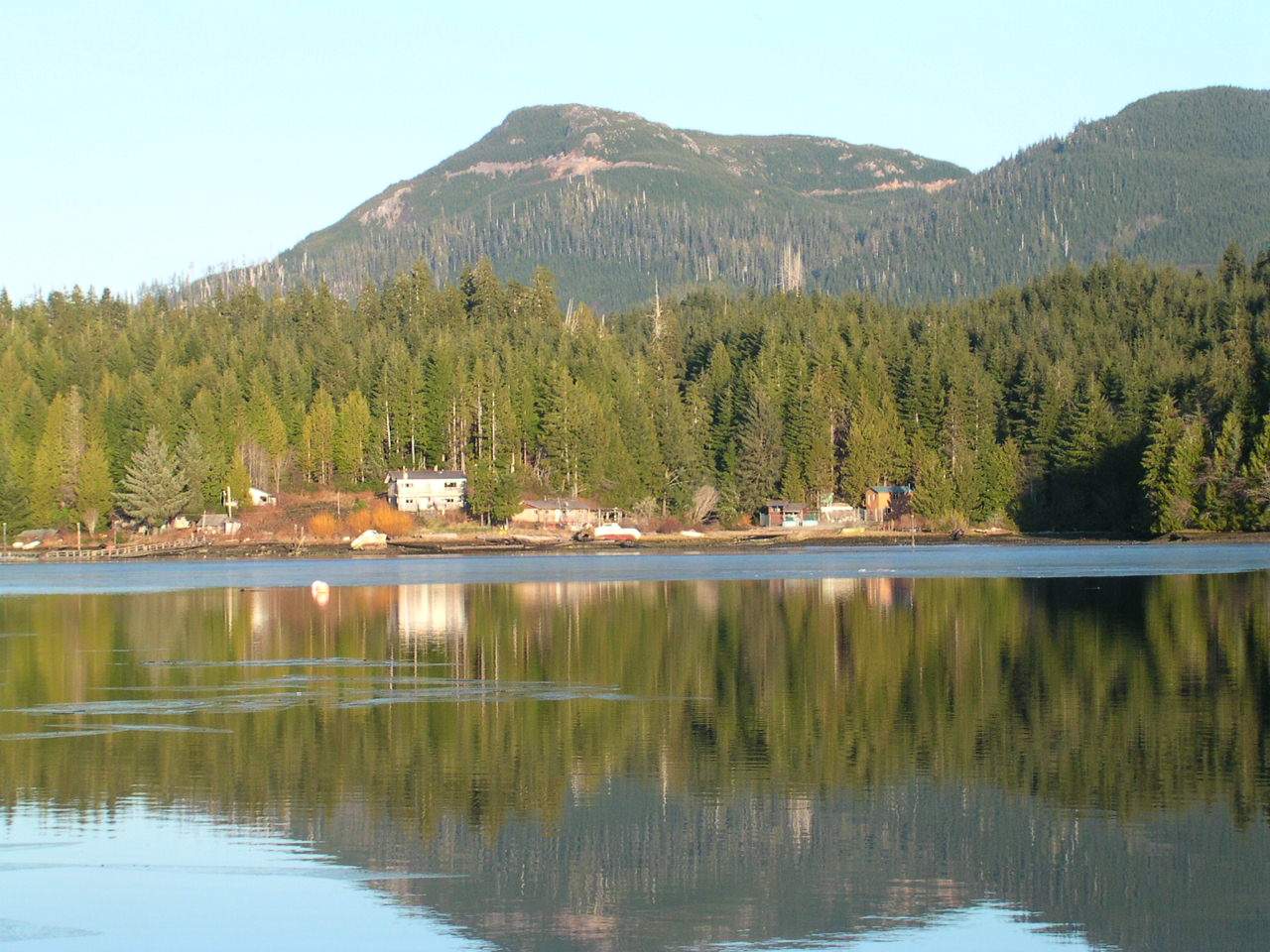Photos/ Image Quest 3D photo
Image-Quest 3D website has the following to say about plankton:
"The word plankton means, “that which drifts”. By this token a colossal number of marine creatures, both plants and animals, vertebrates and invertebrates, qualify as members of this extraordinarily important mass of life that glides and wanders, flaps and flips, floats and flies, sinks and swims within the oceans. The very biggest jellyfish weigh more than half a tonne, some deep sea relatives of the Portuguese Man-O-War would cover a football pitch and some of the colonial salps are the size and shape of ballistic missiles.
Much of plankton is small. Diminutive though these forms are in size, their habits, colour, life cycles and relationships are some of the most bizarre in the animal kingdom and many billions directly comprise the staple diet of the ocean’s very largest inhabitants."
Phytoplankton
"This resource is much more important for the survival of this planet than all the rainforests and prairies put together. The microscopic plants of the sunlit surface waters of the oceans capture more oxygen than all other life forms. These are the organisms most likely to be affected by global warming, climate change and man’s indiscriminate and careless pollution of the oceans. Not only are they incredibly important, they are miracles of design and structure. Victorian microscopists recognised this and converted millions into microscope slides. Those illustrated in image number two are just such an example. Many of the colours are structural - like oil on water. All images are approximately x15,000."
Content from Image Quest 3D.


